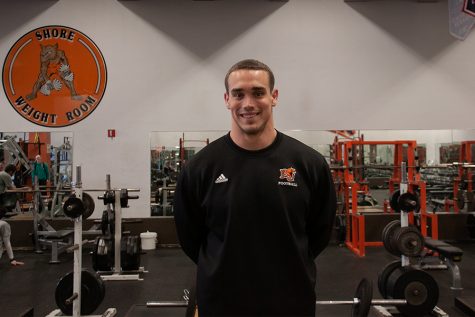Design questions surround Boeing’s 737 Max
A rather high number of planes have crashed or experienced issues this year from the Boeing 737 fleet — two in the last six months.
Because this number is so alarming, many airlines worldwide have decided to ground the fleet containing the 737 Max while Boeing is working to update the software in hopes of preventing future problems.
This has caused a minimal impact since the 737 Max is a newer plane, making up only a small portion of the fleet. Southwest Airlines will feel the biggest impact, as the 737 Max makes up a total of 34 planes in their fleet.
Investigators are fearful that the planes crashed for similar reasons, although the causes are still under review. However, many are still left wondering whether the crashes were caused by the planes’ automated system (MCAS), which causes the plane’s nose to be pushed downward in certain situations in order to increase fuel efficiency or prevent the plane from stalling.
Many pilots are not trained on that type of system and were unaware that the MCAS even existed. Because of this, errors transmitted by the MCAS sensors to the operating system can be deadly as pilots would have approximately 40 seconds to identify the problem and right the plane after it had entered into a nosedive.
The Federal Aviation Administration has long been understaffed and underfunded, thus delegating some tasks to the companies that they regulate. This allows some safety features to be considered optional for manufacturers to implement. These optional features are often left out of the building process, allowing for a more cost-effective aircraft to be manufactured.
Furthermore, manufacturers are even included on the certification process for ensuring the safety of the planes which they construct. Boeing was included on the approval process for the 737 Max and chose to leave out the optional safety features, something that they are now retrofitting the fleet with in hopes of preventing further accidents.
This would be similar to allowing a student to grade their own test in a room with no one else watching — accountability is vital to safety when it comes to technology directly impacting human life. And yet, despite the past several crashes and issues reported, the commercial airlines are continuing to inch closer to fully automated aviation.
There is something to be said for the traditional way of completing tasks in some instances. We should not be looking to overcomplicate already complex technologies by attempting to turn them into automated systems, especially without making those in charge of operating the technology aware.
When pilots are aware of the MCAS, they are more likely to become complacent in their skills after a period of time if they are able to rely on automated systems, something that is dangerous anytime a MCAS malfunctions and a split-second decision followed by a quick action is required.
Regulation keeps people safe. Well-trained pilots are capable of making fast decisions in order to keep passengers safe. Automated aircrafts are not the next step into the future of technological advances that better society.












